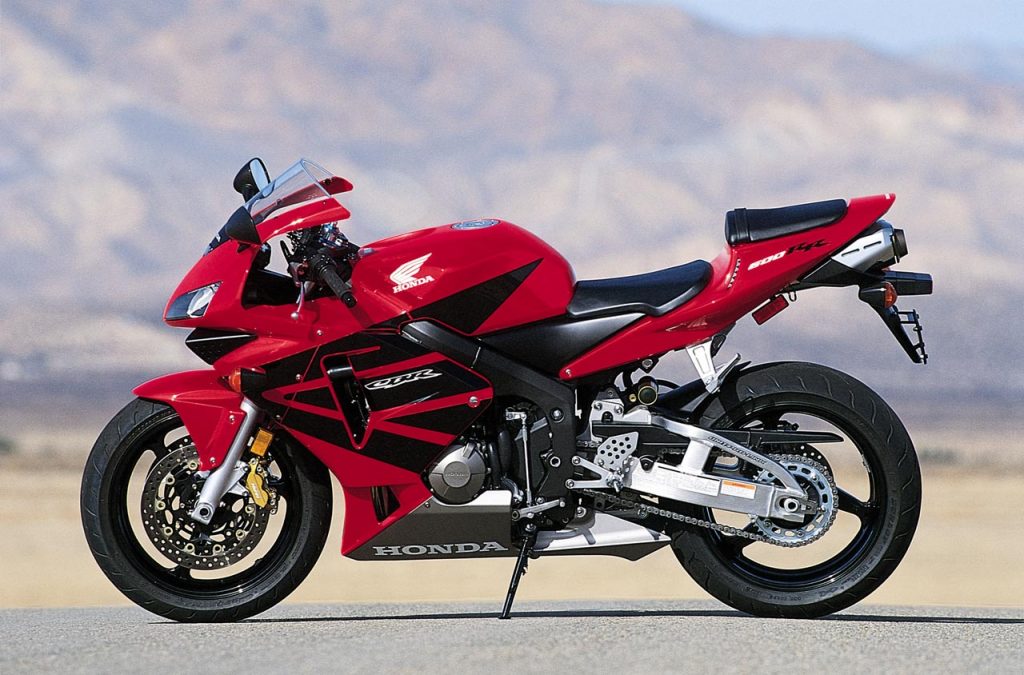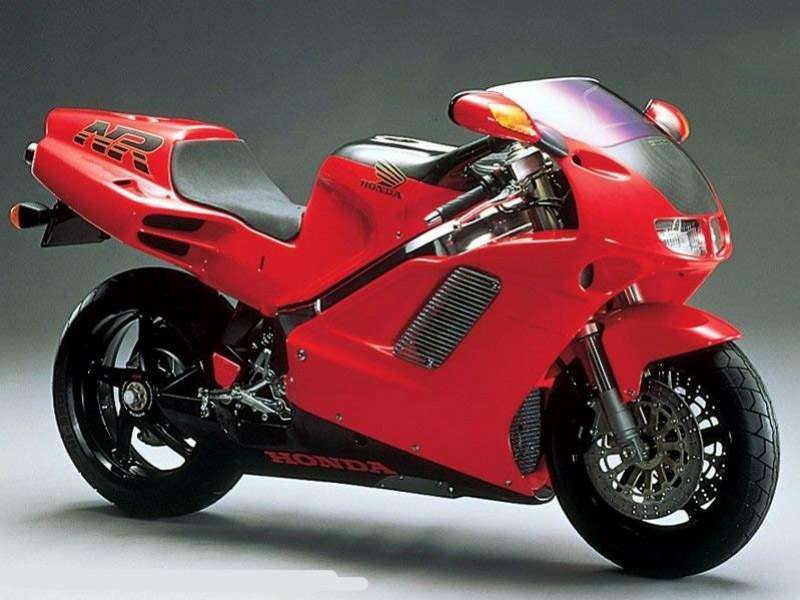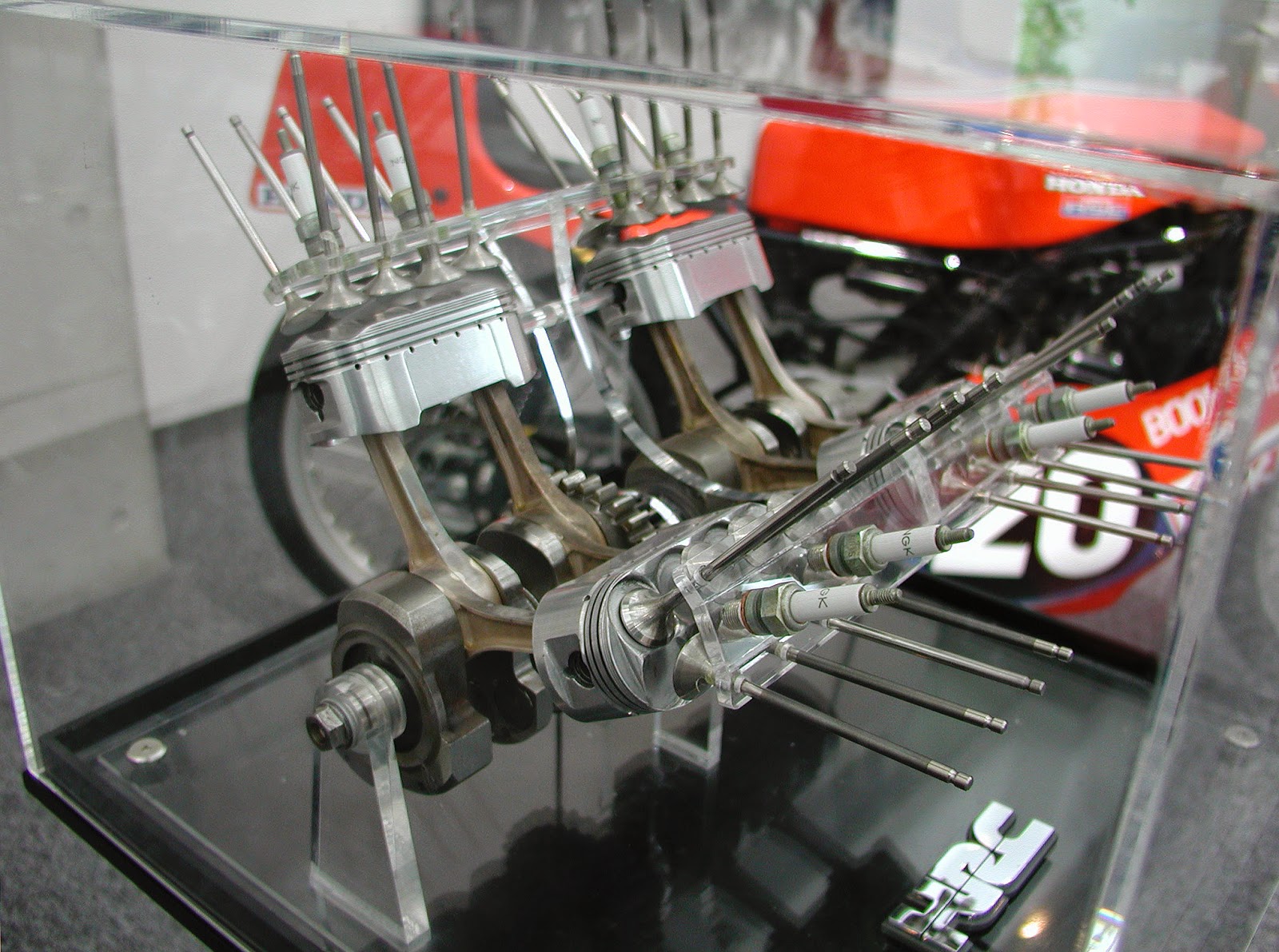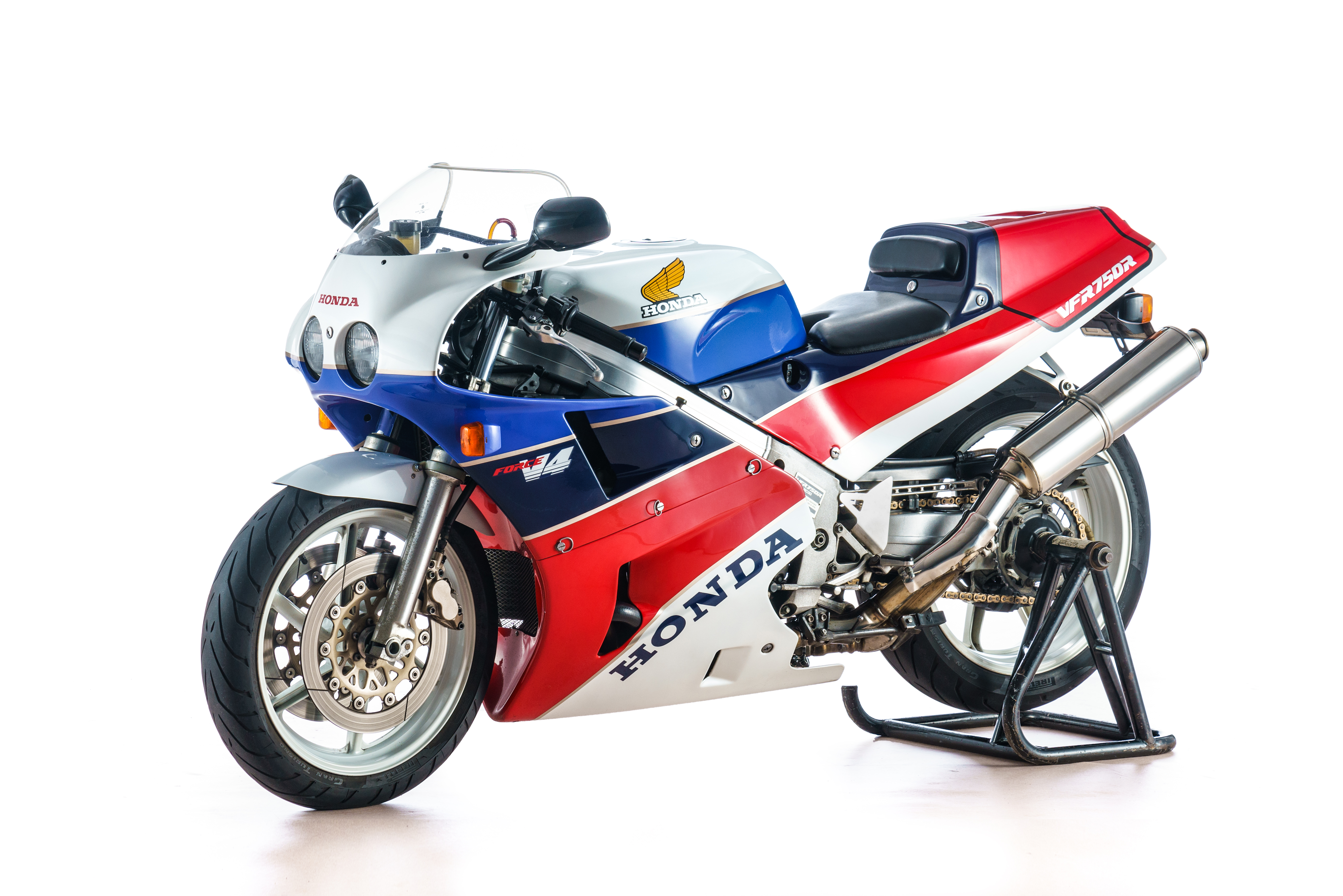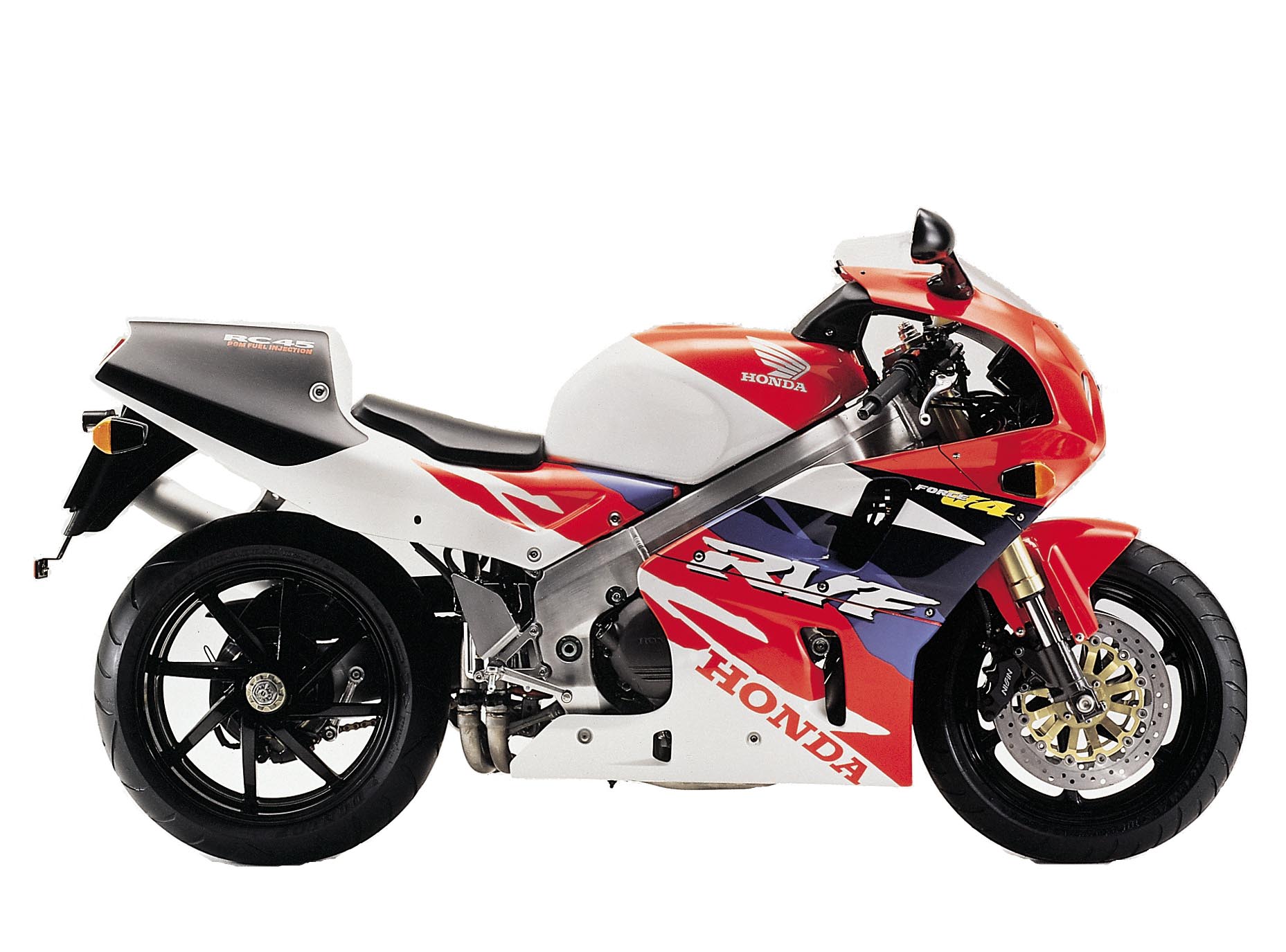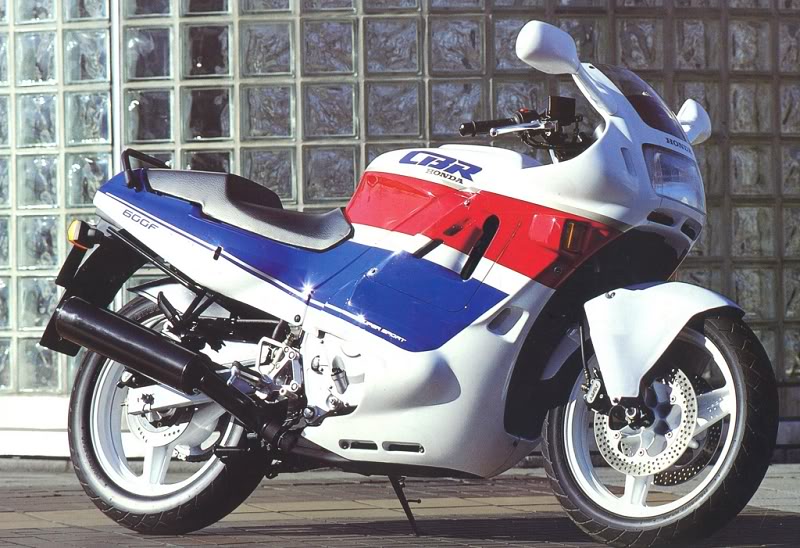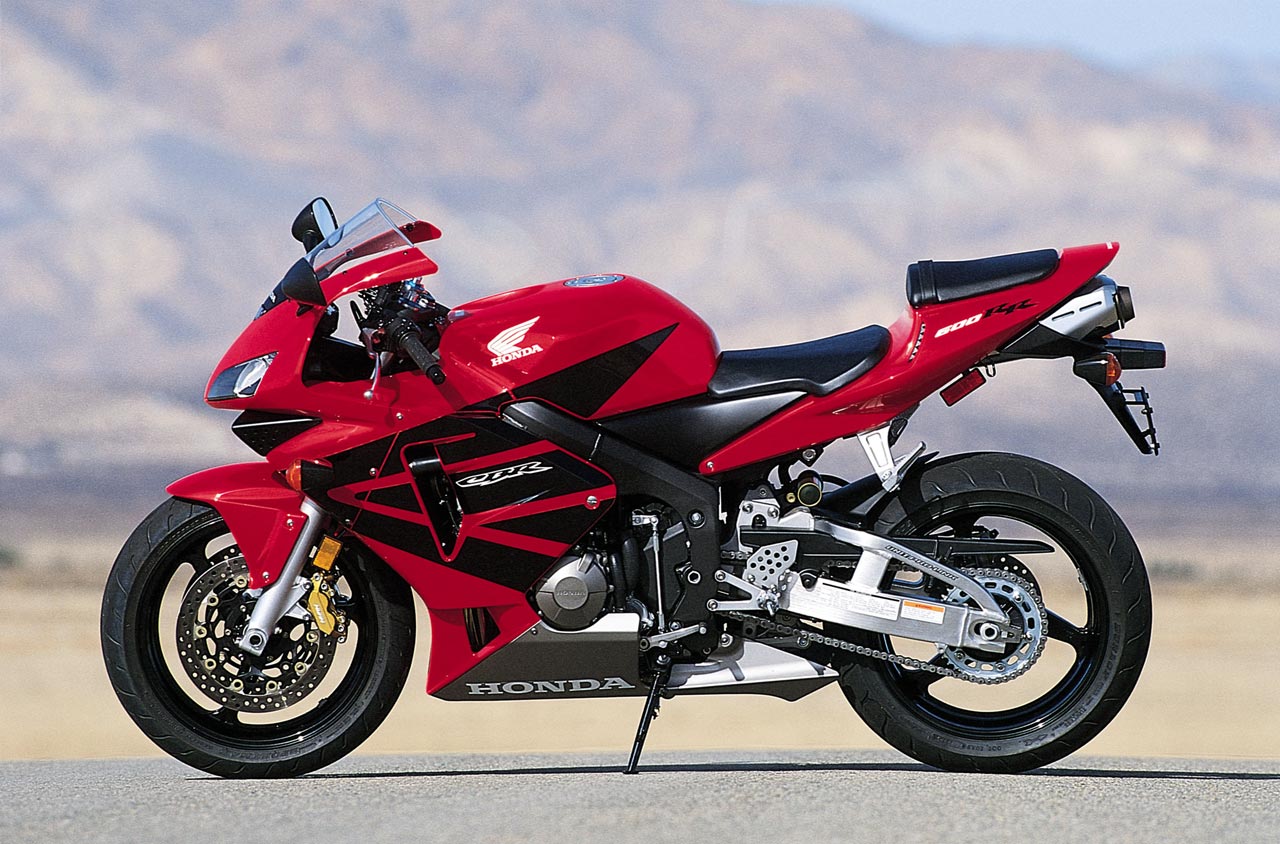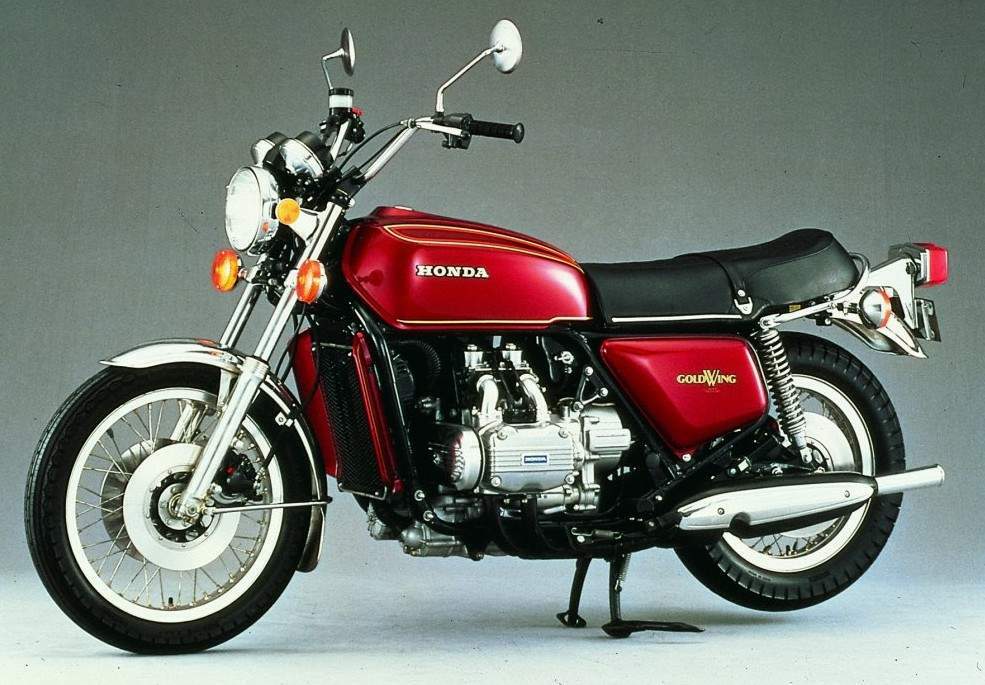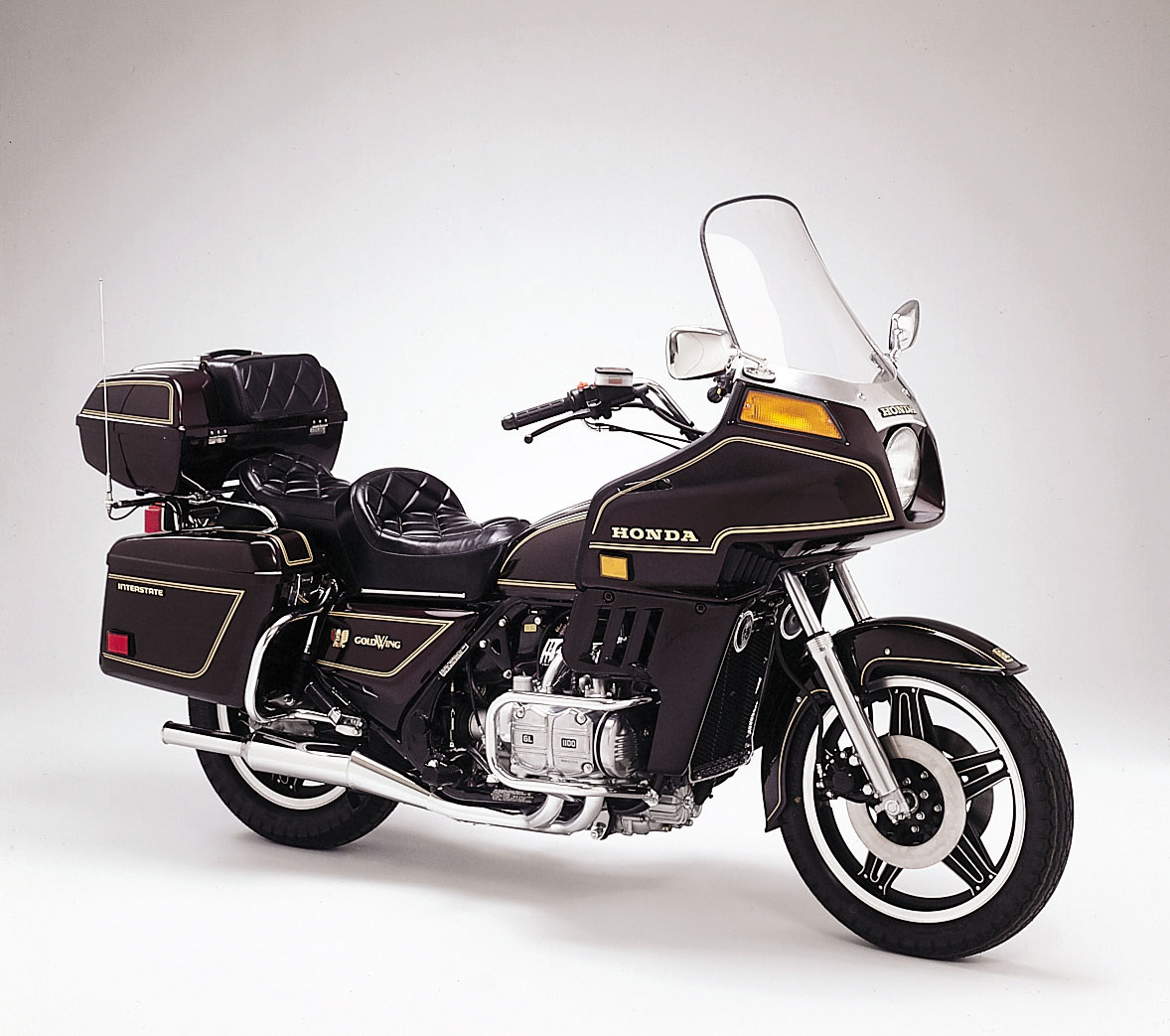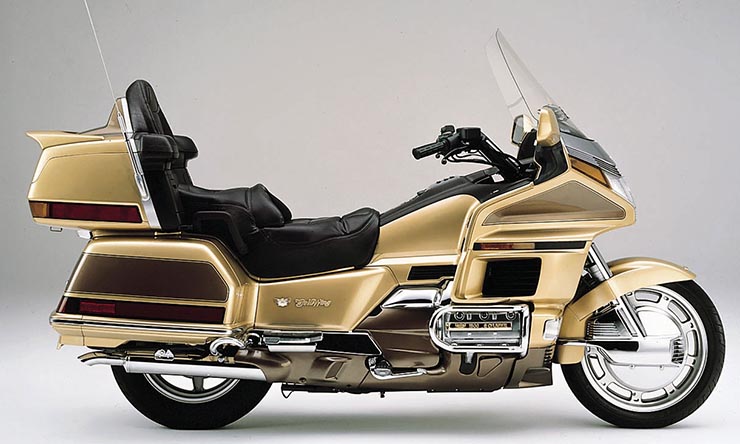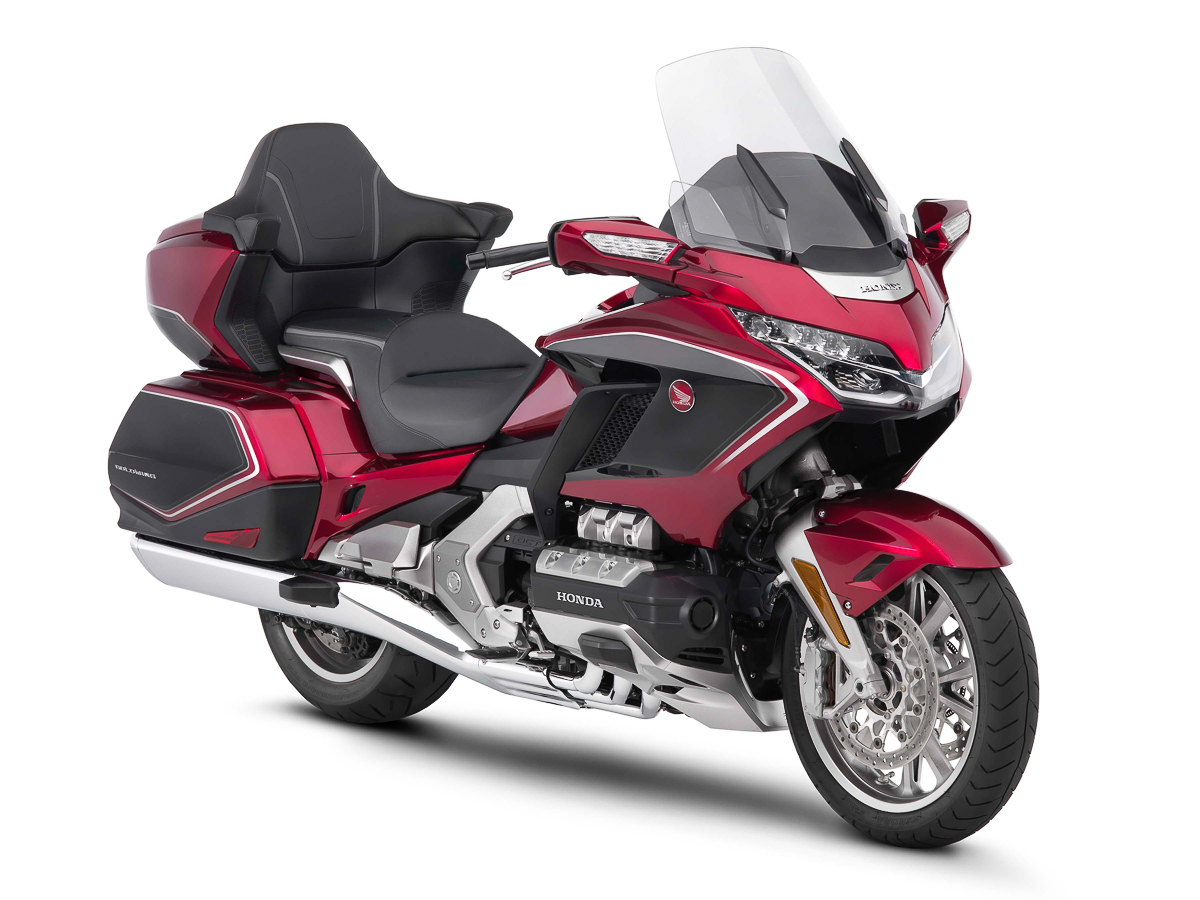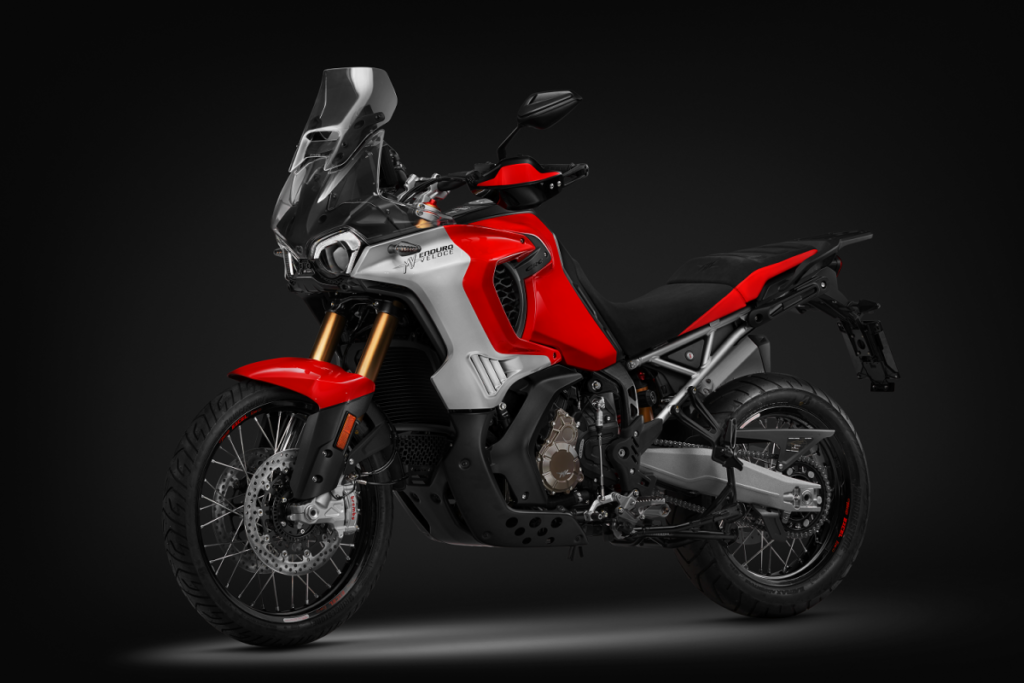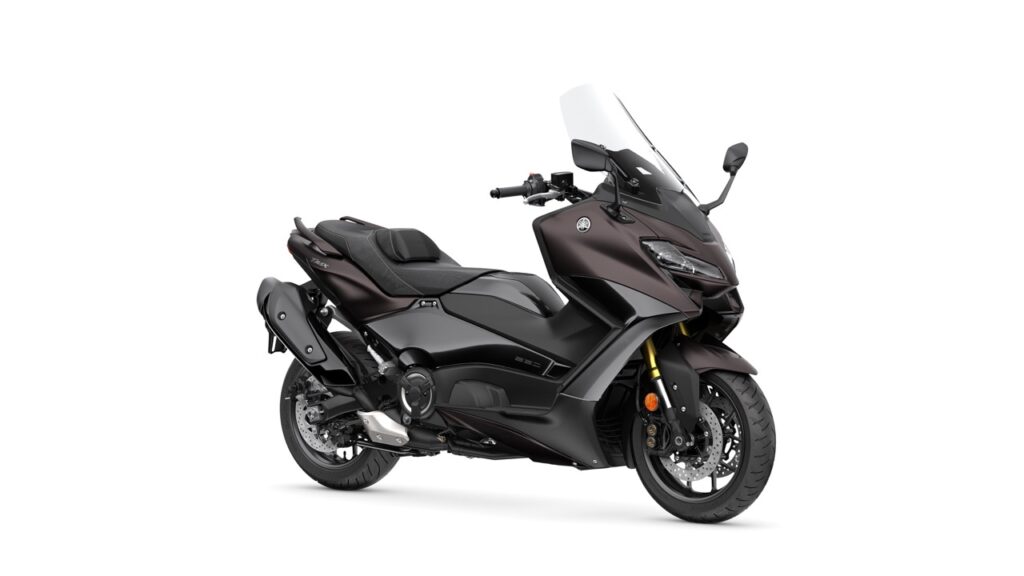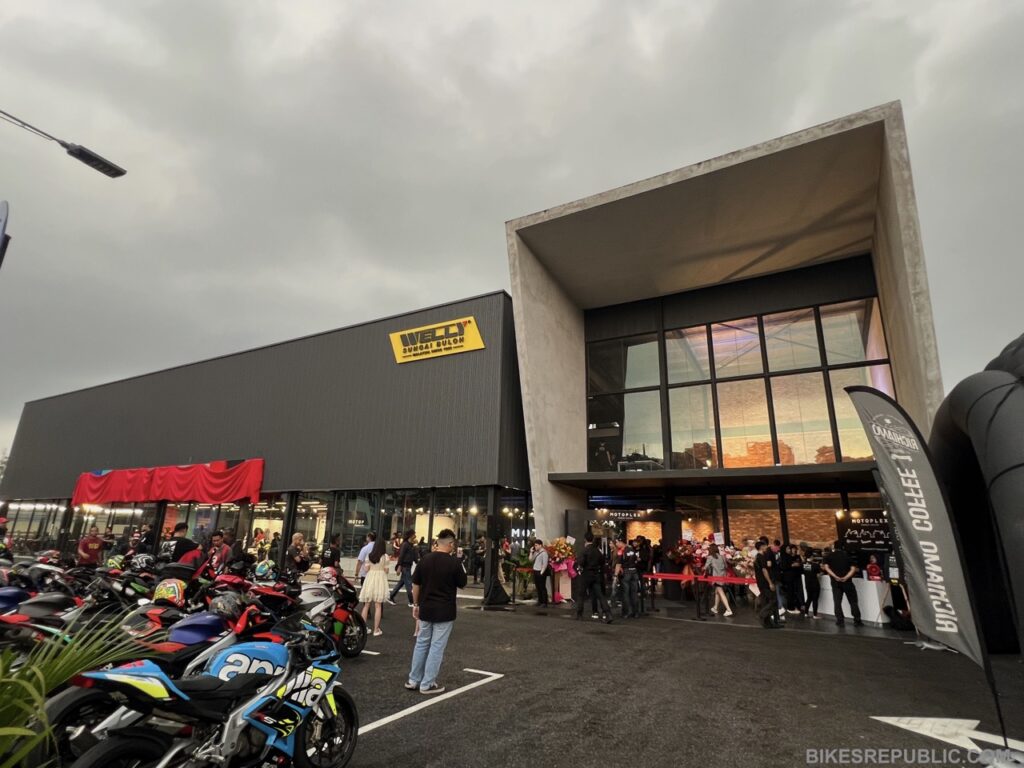-
The Honda VFR750R RC30 is an iconic superbike.
-
Produced in the late 80s to dominate the production racing scene.
-
Only 3,000 were ever built.
It’s probably no secret by now that yours truly loves the Honda VFR750R RC30 superbike, and this video reinforces that draw even further.
On the film:
It starts with the introduction to the bike.
Immediately after that, we see a technician in a Honda cap polishing the big end of the piston connecting rod (conrod). He then measures it for run out with a gauge. You can see that the needle hardly moved at all – that’s how small the tolerance was!
A subtitle comes up and says, “Titanium connecting rods.” Ti conrods are a commonplace on high end sportbikes these days, but back it was a new development in the late 80s, and the RC30 was the first production bike to utilize them. Each was 50g lighter than the standard steel rod but cost 8 times more.
The technician continued to ground some material off to achieve the same weight for each piece. A younger technician followed to measure the run out of conrod’s small end.
The next scene shows the welding of the aluminium fuel tank. Fuel tanks were mostly made out of zinc-coated steel back then. There’s also footage of him welding the headstock to the frame.
Now this is where it gets even more interesting.
A piston is placed in a ring compressor and slotted into a cylinder barrel. The top of the piston consists of four “bumps” that provide valve reliefs. But do notice the size of that bore, surrounded by its water jacket.
The three other pistons go in, followed by the geared camshaft drive, which slots in between the cylinders. That’s right, the RC30 uses a geartrain to drive its four camshafts instead of chain. This is more accurate at high revs, but virtually all roadbikes nowadays use the chain because it’s much quieter.
Notice how large that engine block really is. Engines are more compact these days since the timing chain is moved off to the side of the block. Those camshafts are also much larger than how it is these days.
At 3:20, we finally see the engine’s front and rear cylinder banks, separated at 90-degrees. The 748cc, quad-cam, V-Four, liquid-cooled engine produced 118 bhp at 11,000 RPM and 70 Nm at 7,000 RPM. The race bike was reputed to produce in the vicinity of 135 to 145 hp. This was a great feat in 1987. It’s also fitted with a slipper clutch, which was a rarity for roadbikes.
The frame is then mounted onto the engine in an upside-down position to secure the rear shock absorber. The subtitle says “Pro Arm,” which is Honda’s single-sided swingarm, meant for quick rear wheel changes during endurance racing. Interestingly, this arrangement was also fitted to the oval-pistoned NR750 endurance racer and NR roadbike. Ducati designer extraordinaire Massimo Tamburini would adopt the design to the groundbreaking 916 years later.
Back to the video, the bodywork is fitted on, showing the bike’s dual round headlamps. The bottom part of the cowl is locked into place with Dzus quarter-turn fasteners.
And finally, the completed bike and joined by the RVF750F RC24 endurance racer at the track. (Don’t confuse it with the later RVF750R RC45 superbike and endurance racer.)
About the bike
Honda introduced VFR750R to succeed the RVF endurance racer in 1987 with the objective of winning production-based racing. The responsibility of building this new bike, codenamed “RC30,” fell on the shoulders of the Honda Racing Corporation (HRC).
As such, the RC30 became the homologation special (what we call “SP” models these days) for the new World Superbike Championship which began in 1988.
American rider “Flying'” Fred Merkel won the riders and manufacturers titles in the very same year and would follow up in 1989. Its main rivals during the time were the Ducati 851 and 888 (1991 to 1993), Kawasaki Ninja ZXR-750, Suzuki GSX-R750 and Yamaha FZR750R “OW01.”
Apart from that, the RC30 won virtually every superbike race the world over, including right here in Malaysia where Tai Seng Kooi dominated the superbike series. Legends such as Joey Dunlop
Only 3,000 VFR750R RC30s were ever built between 1987 to 1990, sold for USD 15,000 (which is equivalent to USD 34,000 now). However, most are still in running shape and owned by lucky individuals. Consequently, Honda announced just not long ago that they will begin a program to produce spare parts for the 33-year-old bike.
Oh, before we forget. The RC30 had a smaller 400cc cousin called the VFR400R NC30. Think a 400cc four-stroke bike is slow? An unrestricted NC30 could hit 210 km/h.





